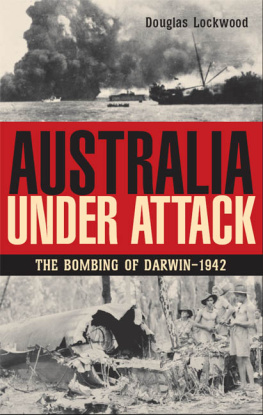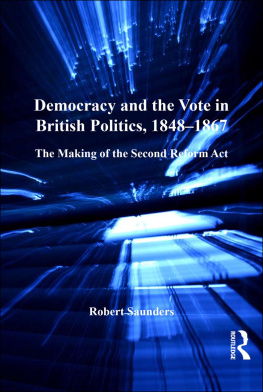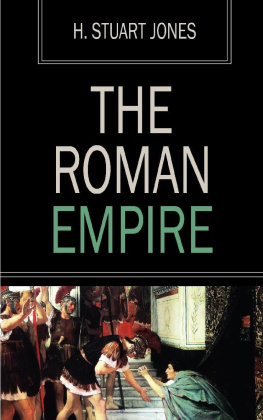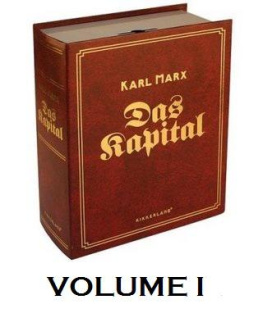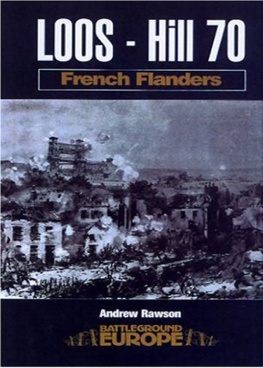


LONDON: BOMBED, BLITZED AND BLOWN UP
The British Capital Under Attack Since 1867
This edition published in 2016 by Frontline Books,
an imprint of Pen & Sword Books Ltd,
47 Church Street, Barnsley, S. Yorkshire, S70 2AS
Copyright Ian Jones MBE
The right of Ian Jones MBE to be identified as the author of this work has been asserted by him in accordance with the Copyright, Designs and Patents Act 1988.
ISBN: 978-1-47387-899-0
All rights reserved. No part of this publication may be reproduced, stored in or introduced into a retrieval system, or transmitted, in any form, or by any means (electronic, mechanical, photocopying, recording or otherwise) without the prior written permission of the publisher. Any person who does any unauthorized act in relation to this publication may be liable to criminal prosecution and civil claims for damages.
CIP data records for this title are available from the British Library
For more information on our books, please visit
www.frontline-books.com
email
or write to us at the above address.
Printed and bound by CPI Group (UK) Ltd, Croydon, CR0 4YY
Typeset in 10.5/12.5 point Palatino
Contents
Acknowledgments
T he idea for this book began when I saw a photograph of the crater caused by a First World War Zeppelin bomb outside the Strand Theatre in Catherine Street just off the Aldwych. I was already aware that a V1 flying bomb had exploded in the Aldwych in the Second World War and, as an Explosives Officer working for the Counter Terrorism Command of the Metropolitan Police, I had dealt with the aftermath of an explosion which killed an IRA bomber in almost exactly the same place. It occurred to me then that it would be interesting to look at the history of the bombing of the capital. For me the research has been fascinating. I have visited hundreds of places where bombs have exploded or been rendered safe and met many people who have provided a wide variety of assistance, ranging from providing documents to personal accounts of bombings. Without their assistance none of the following would be possible.
In no particular order I need to thank the following: At the Tower of London, Dr Jeffery Parnell, Bridget Clifford and Vic Duggan; from Westminster Abbey, the Librarian, Dr Tony Trowels; the Police Forensic Branch for kindly agreeing to let me read early copies of HM Inspector of Explosives Reports; Steve Venus for his knowledge and expertise on German Second World War bomb fuzes, and Chris Ranstead for his help with Second World War Royal Engineer bomb disposal casualties.
Peter and Tim Gurney were immensely helpful providing much information and many useful leads particularly for the early terrorist campaigns. Roger from the City of London Police Museum and Maggie Bird from the Metropolitan Police Museum. Lucy Price from the London Fire Brigade Museum; Reg Journet for all his help and his wife for the tea and biscuits. I spoke to many Police Officers whom I hope will forgive me for not including their ranks or medals. Tony Ashforth, Andrew Ashwood, Pete Bordini, John Bunn, Cliff Cadman, Paul Challis, Mike Chipperfield, Tony Davis, Dennis Gold, Harry Greig, Trevor Heap, Leslie Horslen, Alan Jackson, Neil Kemp, Liz Kenworthy, Steve Mockett, George Mould, Andy Payne, Steve Roberts, Ralph Shortland, Tony Silvestro, John Sullivan, Fred Titchener and Vic Wilkinson. In particular I would like to thank John Bunn for reading the draft manuscript and making many suggestions to improve it.
The following Explosives Officers also kindly helped: Mick Coldrick, Colin Goodson, Peter Gurney, Graham Lightfoot, Derek Pickford, Paul Myring, Nick Nice, Terry Thompson, Dick Travers, Dave Williams, Ron Wilson and Phil Yeaman. Ron, who has sadly since passed away, kept an outstanding record of events in the first twenty years of the office. I am indebted to Steve Howorth who spoke at length about the death of his father Ken and who provided his note books and pictures for reference. I was fortunate enough to be allowed to visit the Crime Museum in Scotland Yard which still holds exhibits from the first IRA attacks in London. I must also thank Sandy Sanderson from the Explosives Ordnance Disposal Technical Information Centre (EODTIC) for all his help, but in particular for lending me a personal treasure which was a copy of the Manual of Bomb Disposal (Provisional) 1941 which provided a detailed insight into bomb disposal operations early in the War. Martin Hinchcliffe from the National Army Museum. Firefighters Sean Clarke, Ian Munro and Tyrone Robinson, and Andy Brown who spoke about their experiences at Aldgate. All the staff at the National Archives and at the Main MoD Library. I have relied heavily on Norman Longmates outstanding books The Doodlebugs and Hitlers Rockets for information on both the V1 and V2 missile attacks on London. I must thank Mr Ford from the Royal Hospital Chelsea and the staff at the Royal Engineers Library and Royal Engineers Museum and last but not least the staff at the New Scotland Yard Library, which has now moved to Hendon and been combined with the Peel Library. Finally, I am indebted to my wife Catherine, not only for her patience and encouragement, but also for her editing skills without which the book would never have been completed.
The views expressed in the book are entirely my own, as are any mistakes that may have been made.
Ian Jones, 2016
Chapter 1
With Flame and Incandescent Terror
It is bombs not bombers that count.
Lord Tiverton.
W hen it comes to being bombed London is unique. Although it cannot claim to be the most bombed capital city in terms of the weight of explosive detonated that dubious honour belongs to Berlin or Tokyo it has endured the most varied and unrelenting attack since the discovery of explosives, particularly high explosives. Whilst many other capital cities have been bombed, none have suffered to the same extent from the twin ravages of aerial bombardment in war and terrorism in peace. For example, Berlin escaped air attack in the First World War and, whilst Paris was bombed, it was the people of London that were to be subject to the first strategic bombing campaign in an attempt to crush their morale. In the Second World War, in comparison to London, Paris was hardly touched. Which other capital city came under sustained missile attack on the scale that London did? Madrid has had to contend with both the Basque terrorists and the aerial bombing by the Condor legion in Spains Civil War, but again not to the extent that London had to suffer from the Luftwaffe and terrorism. When I started researching this book the one method of attack that I could not attribute to London was suicide bombers. Sadly, that changed with the awful atrocity on 7 July 2005, when Islamic extremists detonated three bombs on trains in tunnels on the London Underground system and an hour later another on a No.30 bus in Tavistock Square.
Founded on the great River Thames with its majestic curve, which in later years gave it away to the night bombers, London has always been a leading commercial and economic centre, steeped in history and tradition. As the cradle of democracy, and with an array of unique attractions it is, and always has been, the preferred destination for thousands of tourists each year. Inevitably, as such a focal point, it has over the years attracted the wrath of both foreign governments and others disaffected with their lot. Bombs have often been their chosen instruments of persuasion with the inevitable consequences of death and destruction.






